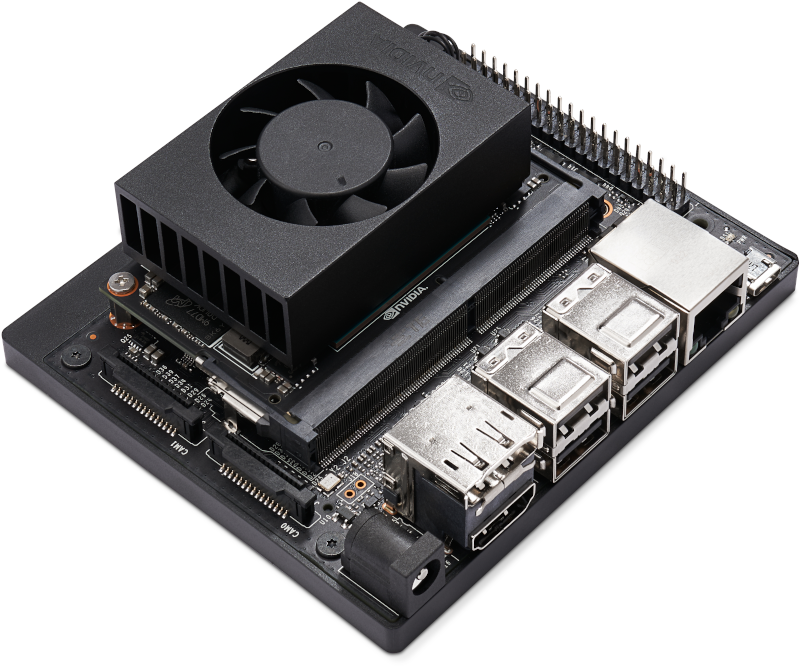I ran another set of tests today on the nVidia Jetson Xavier NX with the latest L4T, version 4.5, based on Ubuntu 18.04.5. I have two drives, a Western Digital Black NVME 250 GB drive mounted in the NVME slot on the bottom of the Xavier, and an SK Hynix 500GB SSD mounted to one of the Xaviers USB 3.1 connectors using a StarTech USB3S2SAT3CB adapter.
The two tests are at the top. I used dd to write a solid 1GB to each drive. Both are pretty fast for an SBC, with the NVME coming in almost twice as fast as the USB SSD. I should note that the Jetson’s USB write speed is three times faster than this same experiment run on the Raspberry Pi 4 using a USB mounted SSD.
These are not meant to be definitive performance tests. All I’m looking for is a simple measure of merit. Let somebody else who has that much time to waste go off and do the exhaustive nit-picky performance tests…
As for the SSDs, I’m something of a digital pack rat. When interesting technology falls well below $100, I usually pick up at least one of the item to experiment with. I picked up the Western Digital SSD when it had dropped to $60 on Amazon last year, and the SD Hynix drive when it dropped to $40. I use the Xavier for many things besides TensorFlow, such as an AARCH64 build machine, and I move the products onto the USB SSD to then copy onto other machines, such as the Raspberry Pi 3 and 4s I have ‘lying around.’
Performant technology is getting so cheap.


You must be logged in to post a comment.